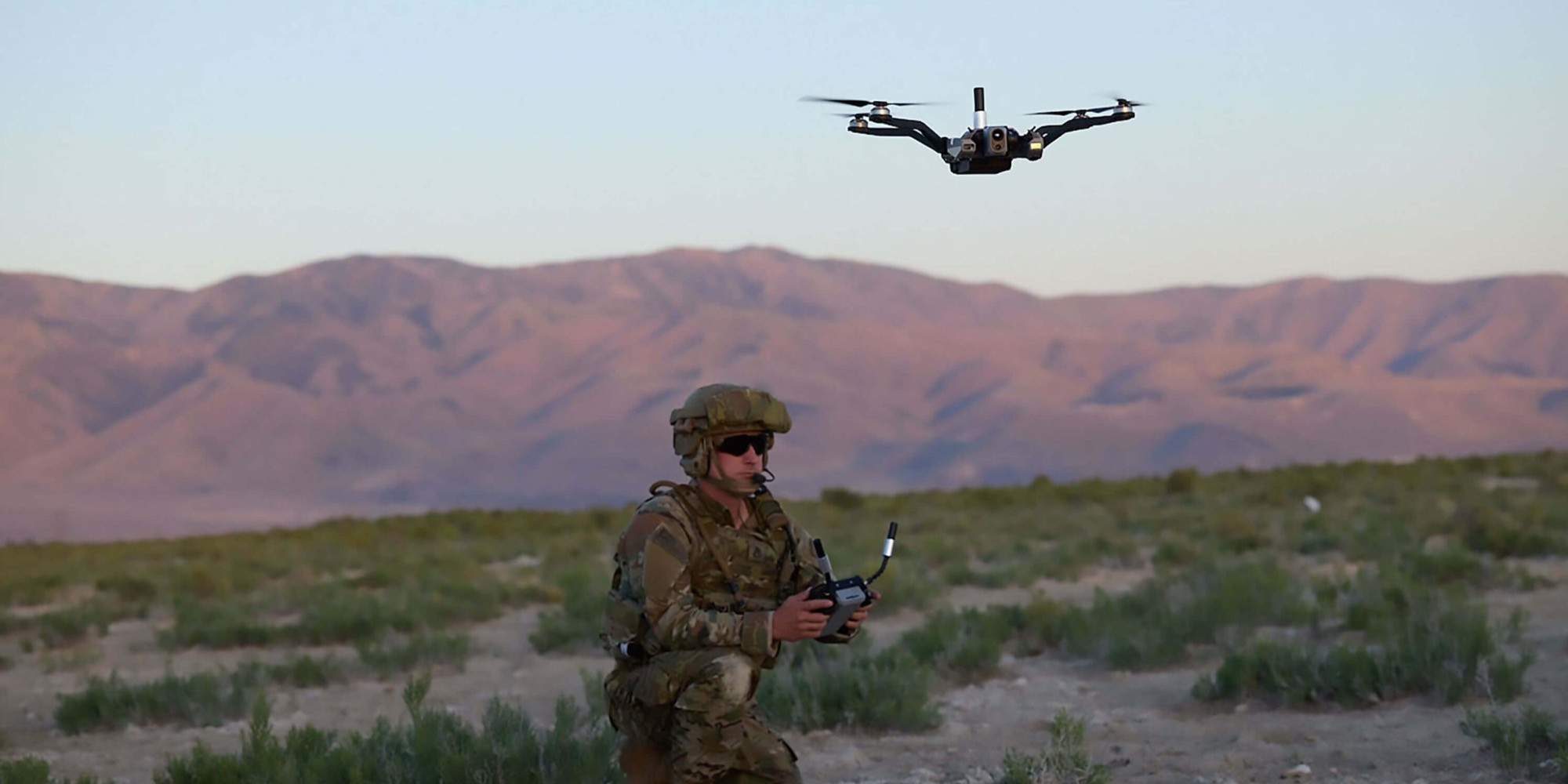Red Cat Holdings (RCAT), a significant player in the drone manufacturing sector, is currently facing strong headwinds. The company’s stock experienced a sharp decline, dropping over 8% on January 16, 2025, after Kerrisdale Capital, a well-known short-selling firm, released a critical report. This report casts serious doubts on the validity of Red Cat’s claims regarding its US Army contract and its production capabilities.
 Red Cat's TAC Hero XL Drone: Stock prices of Red Cat Holdings, a drone manufacturer, have plummeted following contract controversy.
Red Cat's TAC Hero XL Drone: Stock prices of Red Cat Holdings, a drone manufacturer, have plummeted following contract controversy.
Scrutiny of US Army Contract Claims
Kerrisdale Capital’s report directly challenges Red Cat’s publicized $400 million, five-year sole-source contract with the US Army for Short Range Reconnaissance (SRR) drones. Contrary to Red Cat’s optimistic statements, budget documents from the Army indicate a significantly smaller SRR budget of just under $25 million for 2025. Projections for the medium term remain at similar levels. This discrepancy raises questions about the actual value and scope of the contract. Furthermore, the Army’s plan to refresh the SRR model every 2-3 years and its openness to switching contractors contradicts the idea of a secure, long-term partnership for Red Cat. This uncertainty surrounding the contract is a major factor impacting investor confidence in Red Cat Stock.
Doubts Over Market Expansion and Production Capacity
The critical report also questions Red Cat’s ambitious goals to broaden its market reach to other branches of the US military and international allies. The assertion that the Air Force has limited need for infantry drones highlights the challenges in expanding within the US military. Moreover, the Marine Corps and Coast Guard already have established drone programs, further limiting potential market penetration. Despite repeated claims over the past three years about imminent drone sales to NATO allies, concrete evidence of these sales has yet to emerge. This lack of tangible international expansion casts a shadow over Red Cat’s growth projections and consequently, red cat stock valuations.
Production capacity is another key area of concern highlighted in the report. Red Cat has been discussing the necessity of a “mass production” facility since 2022, but there has been no substantial investment in establishing such a facility. The company’s 2025 guidance anticipates the production of three new drone models at a rate three times faster than their historical best-selling model. This ambitious target appears increasingly unrealistic given the lack of infrastructure investment and the current scrutiny. These production concerns add further pressure on red cat stock performance.
Securities Investigation and Executive Departures
Adding to the company’s difficulties, securities litigation firm Block & Leviton has launched an investigation into Red Cat Holdings for potential violations of securities law. This investigation is urging investors who have incurred losses to seek information regarding possible avenues for recovering their investments. This legal scrutiny further contributes to the negative sentiment surrounding red cat stock.
Adding to investor unease, the resignation of two key executives, including George Matus, the key figure behind the SRR-winning drone, shortly after the contract win, has raised more red flags. These executives also sold a significant portion of their stock holdings around the time of their departure. These insider transactions have amplified concerns about the company’s stability and future prospects, further impacting red cat stock value.
Navigating Turbulent Skies
Red Cat Holdings is facing a challenging period as it navigates these allegations and investigations. The company’s ambitious projections are now under intense examination, and its ability to effectively address these concerns will be crucial in determining its future direction and the trajectory of red cat stock. Investors and industry analysts are closely monitoring developments as this situation unfolds.
